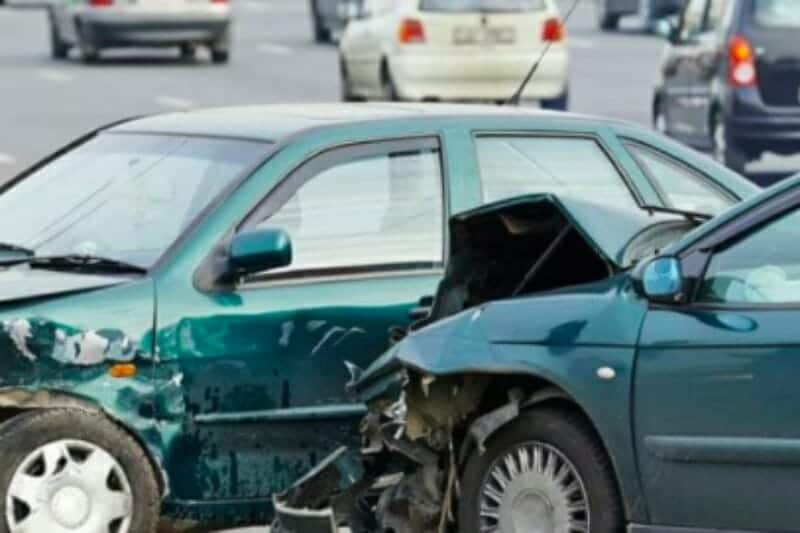Winchester, TN Rear-End Collision Lawyer
Rear-End Collisions: What They Are, How They Happen, What to Do Next

Each of these scenarios is a prime example of a rear-end collision. Rear-end collisions represent the most frequently seen type of collision according to statistics from the U.S. Department of Transportation National Highway Traffic Safety Administration (NHTSA), which notes that rear-end occurrences account for 29 percent of all vehicle accidents.
- Rear-end collisions happen across the nation every day. While some are minor “fender benders,” others change lives forever. A Washington Post article from 2015 indicated that of the annual 1.7 million rear-end collisions, about a third result in driver or passenger injury or death.
Common Causes of Rear-End Collisions
A rear-end collision may happen because of a number of factors. The most often cited is vehicle operator distraction. Even if a driver looks away for a split second, he or she may miss the opportunity to successfully brake and avoid hitting a vehicle directly in front of them.
- In fact, the NHTSA has determined that in all the rear-end collisions it evaluated, 87 percent were linked to some form of driver distraction. Such distractions led drivers to follow another car too closely or miss visual cues from the vehicle in front of them.
Although the use of cell phones is by far one of the biggest distractions for drivers, they can also be distracted by maneuvering rear-view mirrors, eating while in the car, or even daydreaming, dozing off, or almost falling asleep.

Finally, rear-end collisions can occur when a motorcyclist does not decelerate properly. Research from the NHTSA covering fatal motorcycle crashes showed that 68 percent of motorcycle-car rear-end collisions happened because the motorcycle hit the vehicle, not the other way around. Of all motorcycle-car collisions, rear-end varieties accounted for 11 percent.
Ideas to Reduce Rear-End Collision Incidents

Of course, not all vehicles offer this type of protection, either standard or as an add-on. If you’re planning to buy a new car, SUV, or truck, you may want to visit the Consumer Reports page dedicated to listing all vehicle makes and models that offer any type of advanced safety systems. That way, you can be sure that you know what your options are in terms of having access to forward-collision warnings and rear cross-traffic warnings.
An obvious method to chisel away at the number of rear-end collisions is to pay attention to the road when driving. Drivers who are distracted, under the influence, or otherwise unfit to operate a vehicle should never be allowed behind the wheel.
What to Do in the Case of a Rear-End Collision

For this reason, contacting a lawyer may be your best bet in any situation involving a rear-end collision where you or a passenger were hurt or killed. That way, you can explore your choices. You may even learn that you have options you didn’t realize were possibilities. Contact the law offices of John R. Colvin for more information if you’ve been a victim in a rear-end collision. We’re happy to set you up with a free consultation to discuss your issues.
- CALL NOW: (931) 962-1044

